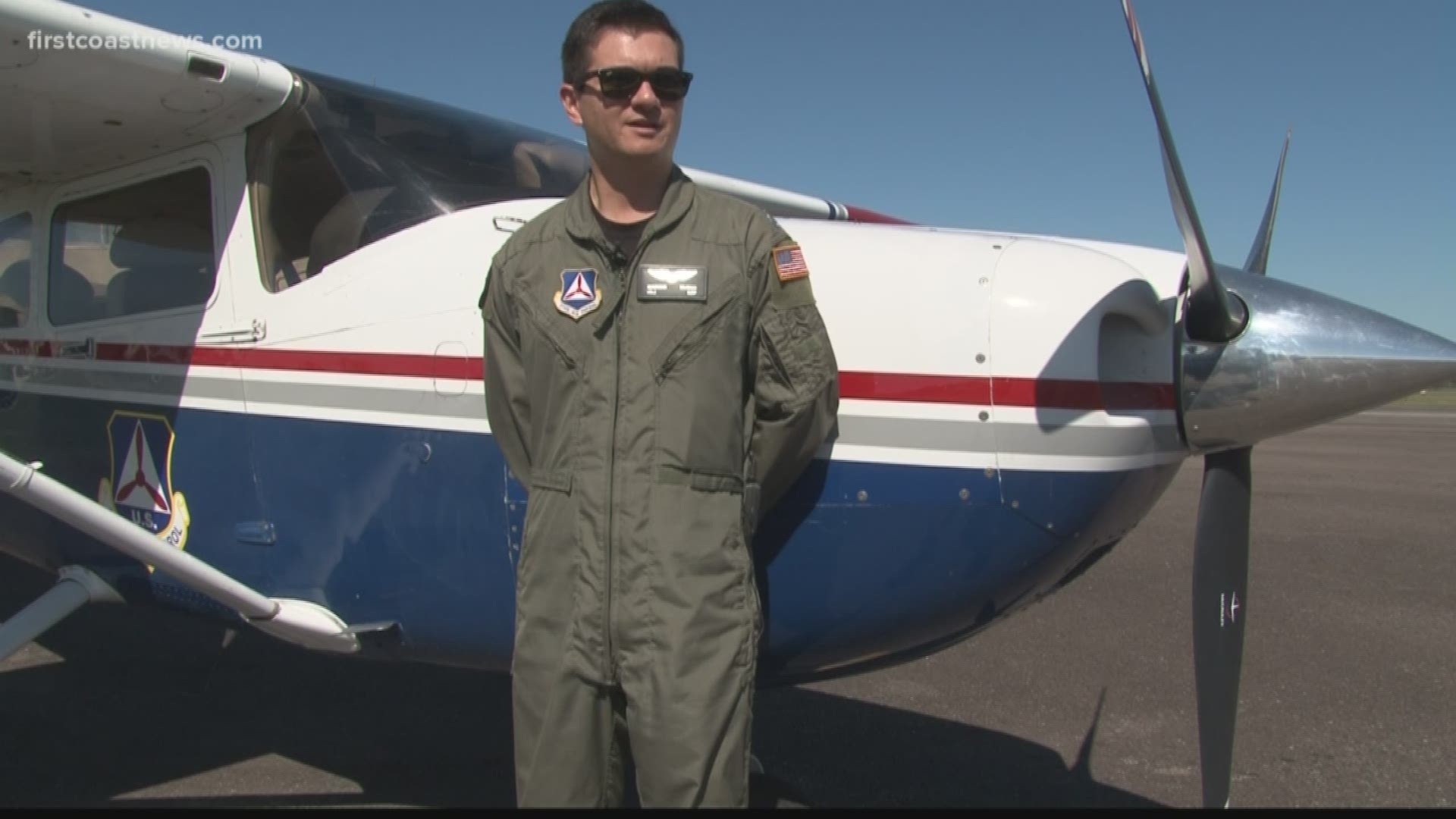If you think your life is getting a bit dull - especially if you happen to like aviation - you might want to talk with someone from Civil Air Patrol.
Whatever your age, there's probably someone in CAP who can relate. Just ask 16-year-old Joseph Nelson, one of five Civil Air Patrollers who just got back from helping in Puerto Rico and Saint Croix after Hurricane Maria.
“I’ve learned a lot of leadership qualities that I used in Puerto Rico, actually, with my staff.”
Yes, he has staff. Although he's a sophomore at Sandalwood high school in Jacksonville, Joseph Nelson is Cadet Captain at the Jacksonville squadron based at Craig Airport. Nelson's primary role in the Caribbean mission was ground-based communications technology and facilitation.
Civil Air Patrol is an auxiliary organization of the United States Air Force, but despite their military-sounding ranks, they're technically civilian and work as volunteers. The mission in Puerto Rico and Saint Croix was primarily aerial reconnaissance - capturing images and video crucial to helping such agencies including FEMA to grasp where the location and extent of the damage. Although aerial surveying is familiar work for CAP, it's not every day that squadrons are called far from their home bases.
“It’s not like search and rescue where we find, ‘This is where he’s at’," said Joseph Nelson's pilot father, Lt. Col. Gary Nelson, who is also a sergeant with the Jacksonville Sheriff's Office "We’ve got a million points of darkness," he continued, detailing just how vast the devastation - and hence the mission - was.
In the air, the week-long effort of 12-plus hour days required pilots, mission observers, and so-called scanners, the men and women working the cameras.
“So usually we would have crews of three, sometimes four, depending on what we were tasked with," said Major Giorgio Mugno. "But the Army, FEMA, they’re all using our pictures.”
Not only using the photos but recognizing the efforts of those taking them. Major Mugno said one night, as he was making his way back to his home hotel room after a long day, he bumped into an Army brigadier general in the elevator.
“And he said ‘We’re using your pictures, you’re doing a fantastic job and keep up the great work.’ So, to hear that from an O-7, that was fantastic to know that we were down there making a difference.”
Given their volunteer status and the relatively low-cost of operating such aircraft as Cessna 182s, the big difference CAP members make comes at a small price.
“They would probably have to pay $2000 an hour for a Blackhawk or $3000 an hour for a C-26," said the elder Nelson.
Ultimately, that lower overhead saves agencies, the government, and taxpayers money.
“About $120 an hour to actually fly the [Cessnas], was what FEMA will eventually pay back to the Air Force and Civil Air Patrol for the operations that we did," Lt. Col. Nelson said.
Although Civil Air Patrol offers aviation and aeronautical learning opportunities particularly to its teen and young adult cadets, its members say they've developed leadership skills and confidence from their experience. Joseph Nelson, for example, says since joining at age 13, he's become better at relating with others, more trusting, and is physically more fit as a result.
“It gives you an opportunity for cadets and their parents to focus on opportunities they wouldn’t have otherwise," said his father, who has more than 40 years with CAP under his belt.
But CAP doesn't require family ties to join, and adults can join, learn, and help as well. The squadron at Jacksonville is flanked along the First Coast by others in St. Augustine and Fernandina Beach, as well as more in southeast Georgia.
For more information about CAP and how to join, visit http://gocivilairpatrol.com/.

